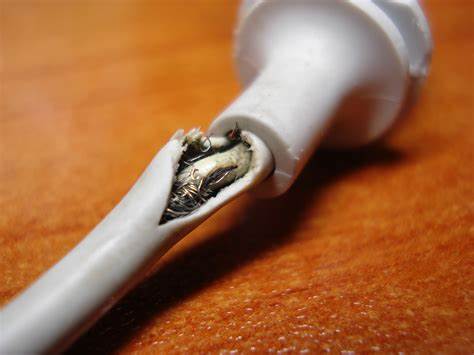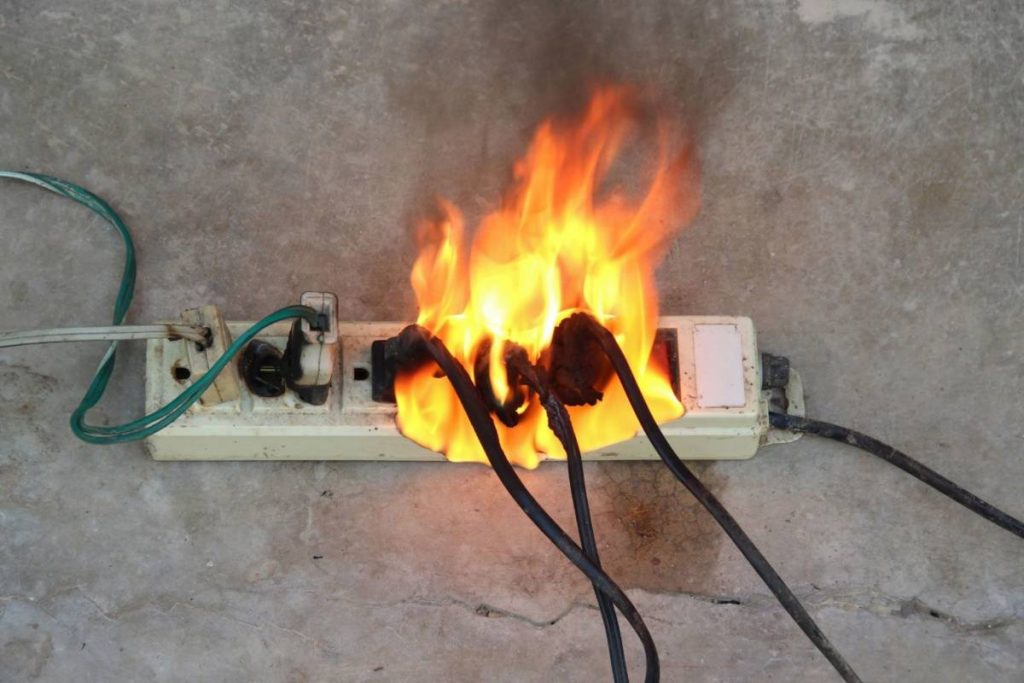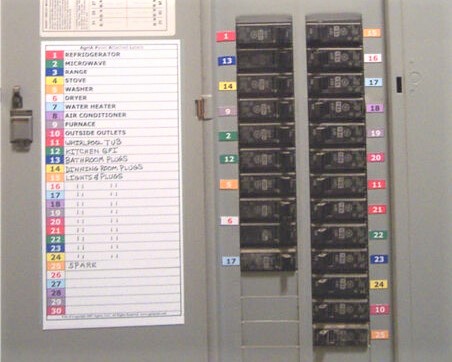We understand that you place a high priority on your family’s safety, but have you considered their electrical safety? Your home has enough electricity flowing through it to electrocute someone and kill them. Applying a few basic precautions to your cords and plugs, outlets, and circuit breakers may help you avoid injuries or house fires.

#1 Plugs & Cords
Every electrical appliance has a cord, and since we frequently use them, we frequently overlook any wear and tear that could endanger the safety of your family and home. Make it a habit to check the cords and plugs on every appliance before using it. Look for cracks, kinks, or fraying in your cords. Replace the power cord before using if it is damaged; otherwise, there may be a fire hazard. (If you watched “This is Us” Super Bowl Sunday Episode, where the slow cooker cord causes a fire (turn on the tears)) If you google search “house+ fire”, it brings up a multitude of stories, showing we need to be proactive.
Additionally, be sure to use your cords properly. No matter how much you want to tuck or conceal your cords, never staple or nail them into place! To safely secure your cords, consider using tape or twist ties. Additionally, avoid running your cords through doorways or under rugs because doing so could harm the cord or lead to overheating. To safely reach that desired location in your home, try using an extension cord as an alternative. Extension cords aren’t meant to be used permanently, so this should only be a temporary fix. If you are really committed to placing your appliance in a certain out-of-reach location, think about rewiring.
#2 Powered Outlets
When you are certain that your cords are secure, you must check to make sure that your outlets are secure as well. Make sure your unused outlets are protected with a childproof cap if you have kids. Every outlet should have a safe plate over the wires. Avoid overloading your outlets with multiple adaptors or power strips, which can result in fire hazards. Move your appliances to a different outlet instead.

Make sure your home has GFCI (ground-fault circuit interrupter) outlets for outlets that are close to water sources, such as those in the bathroom and kitchen. This is a relatively new technology that is now required in all newly constructed homes. If a GFCI ever comes into contact with water, it will shield your family from an electrical shock.
#3 Circuit Breaker
Your circuit breaker guards against overheating or on-fire electrical wiring. A specific fuse will “blow,” stopping the flow of electricity, if excessive electricity is passed through it. If this occurs, a new fuse needs to be installed. Be sure to select one that is the proper size to permit the proper flow of electricity. All members of your family should be aware of where the circuit breaker is located and how to operate it in case an emergency arises. It should always be within easy reach.

Make sure to check your electrical appliances, outlets, and circuit breakers frequently because they are constantly changing over time. Make sure that your entire family practices this. Call an electrician for assistance if you notice any indications of electrical problems, such as dimming or flickering lights, odd sizzling or buzzing sounds, or if your circuit breaker keeps tripping.
Laura Goguet